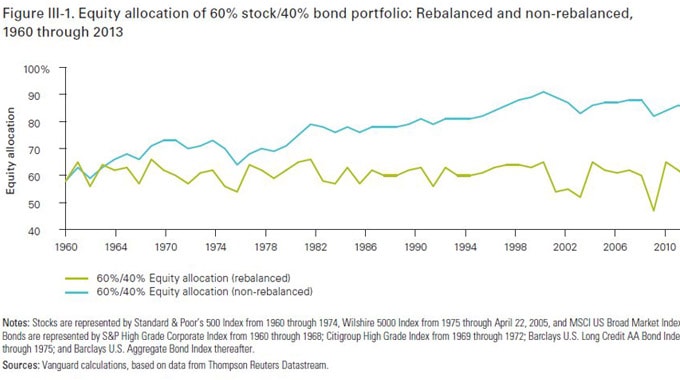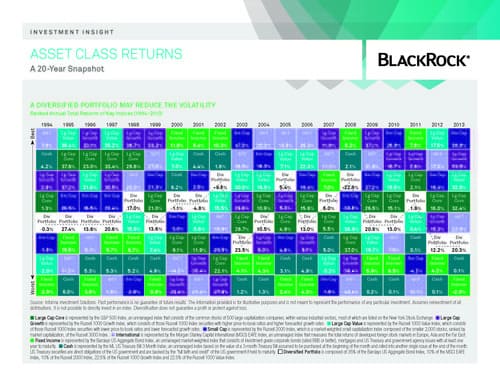Behavioral Investing: Men are from Mars and Women are from Venus!
While no person falls neatly into statistical averages, as humans, we are all emotional beings and subject to all different kinds of behavioral biases when it comes to investing. There are three major ways in which men and women differ when it comes to behavioral investing. Investment Goals and Strategies: According to the Wall Street…






